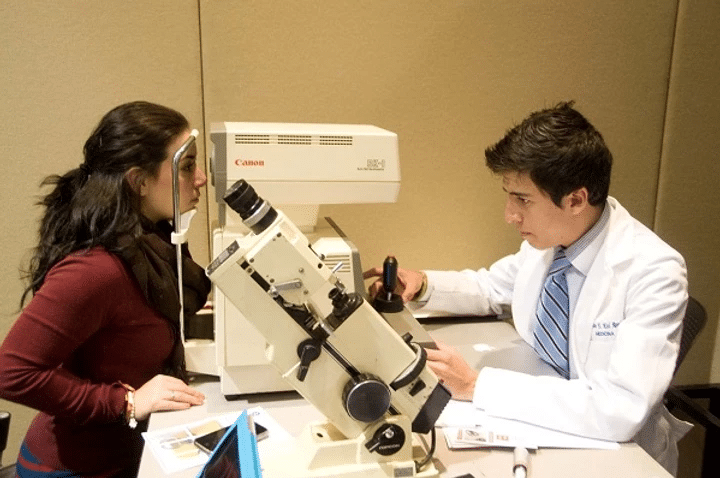The prescription between both my eyes is vastly different
Although the majority of people’s eyes are the exact replica of each other, some people find that their eyes have different prescriptions. This can happen for a whole bunch of reasons which we will explain further below.

Aniseikonia
When your eyes have different prescriptions it usually means that each eye will see the same image as being different sizes and when your brain merges these two images into one image it becomes confused. This is what causes eye strain or headaches and in some cases double vision. Nowadays this is not a huge problem or health risk as eyeglasses can easily be prepared so that each lens is fitted with the correct strength. The same can be done for contact lenses too.
Having a dominant eye
It is not uncommon for people to have a different prescription for each eye when you take into consideration the fact that one eye is usually ‘dominant’. As with being right or left handed, our eyes work much the same way. In such a case the dominant eye is the one which takes on the main role of seeing. Its assistant is the less dominant eye which follows the lead of the dominant eye. Therefore, it makes sense that there is a differing prescription between the dominant eye and the assistant eye, as they both perform differently.
Long or short sightedness in one eye
It might be the case that only one of your eyes requires the help of glasses or lenses and the other has completely normal sight. This is more common than you might think but tends to signify that one eye is suffering from short or long sightedness, which means seeing things clearly up close or far away, respectively.
Amblyopia (or lazy eye)
It might be the case that significant differences in your prescription are occurring because you have amblyopia which is the fancy term for ‘lazy eye’. For some people, a lazy eye is something that is developed when you are young and does not get better on its own. As an adult, this can be rectified with the use of corrective lenses which will help bring your lazy eye up to speed with your other eye. However, you are unlikely to have equal vision in both eyes after wearing corrective lenses. If a lazy eye is established early on in childhood it can be rectified with an eye patch so the weaker eye is encouraged to develop fully.
Related articles





